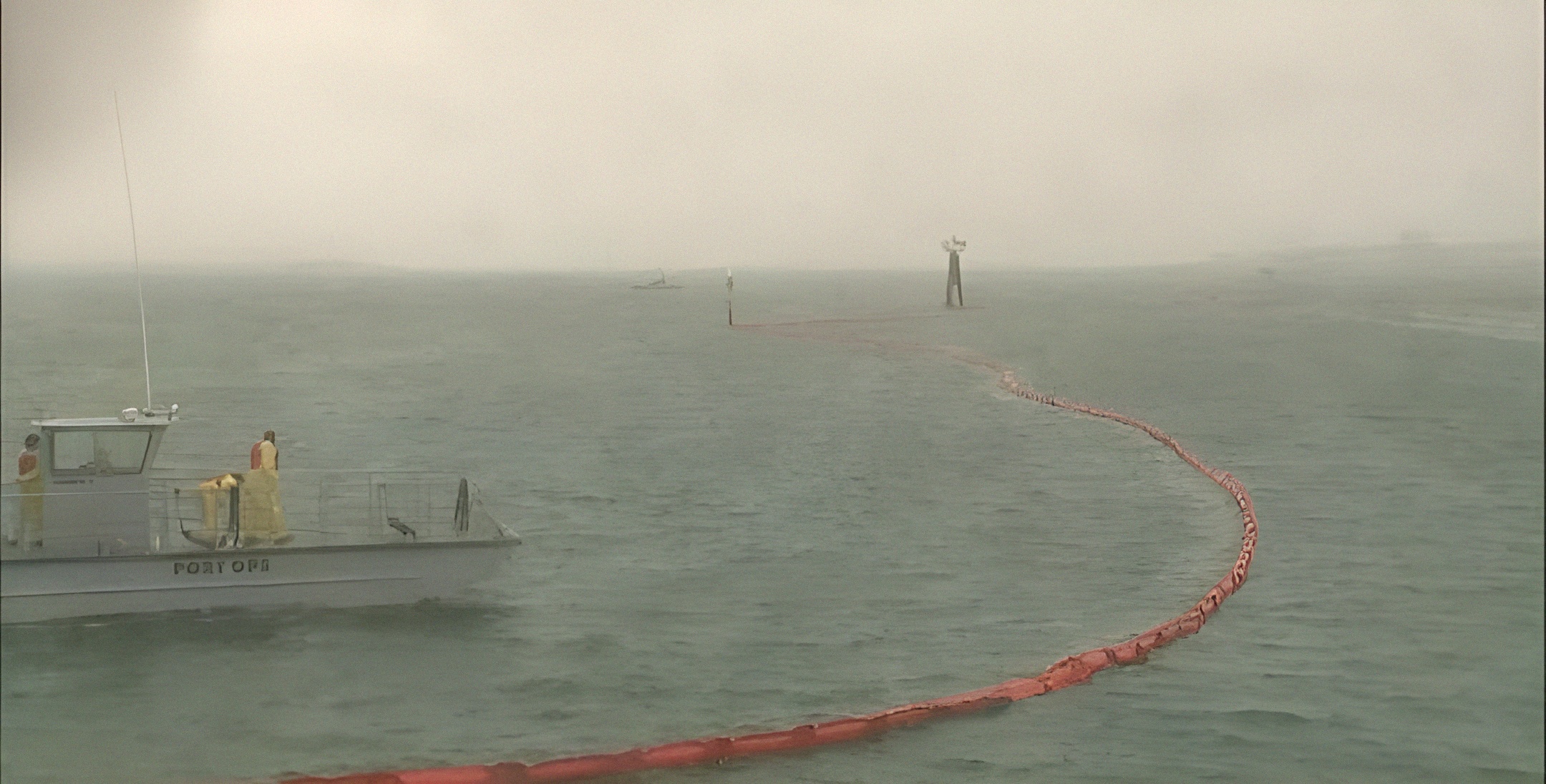
A recent incident off the coast of California involving a U.S. Navy jet highlights both the dangers faced by military pilots and the close call that could have resulted in significant damage. On the morning of February 12, 2025, a U.S. Navy EA-18 Growler jet crashed into San Diego Bay, narrowly avoiding a residential neighborhood. The jet was attempting to land at a nearby naval base when the situation quickly turned into an emergency.
The Incident: The incident occurred around 10:15 AM, when the Navy jet was approaching its landing site at the Naval Base Coronado in San Diego. The aircraft was a highly sophisticated EA-18 Growler, a type of electronic warfare jet used by the
Just before the crash, the two pilots ejected from the jet. This split-second decision to eject was critical, as it ensured the pilots’ survival. The Navy, Coast Guard, and Customs and Border Protection quickly mobilized to search for the crew members, deploying boats to the area. However, it was a local fishing vessel that eventually rescued the pilots from the water.
Pilot Ejection and Rescue: Both pilots were ejected safely from the aircraft, and while they were in the water, a local fishing boat found and retrieved them. The pilots were transported to a nearby hospital and were reported to be in stable condition following the incident. Although they survived the crash, the situation could have been much worse, as the jet was in close proximity to a densely populated residential neighborhood. Had the pilots delayed their ejection by even a fraction of a second, the aircraft could have struck homes or buildings, resulting in a catastrophic tragedy.
Environmental and Safety Concerns: After the crash, efforts were quickly made to secure the crash site. The debris from the jet was scattered in San Diego Bay, and authorities used orange booms to contain the debris field to prevent any environmental contamination. Aircraft accidents such as this raise concerns about potential environmental impacts, especially in a water-based location like the bay, where oil and other hazardous materials from the wreckage could pose a threat to marine life and the surrounding ecosystem.
Weather Conditions: The weather at the time of the crash may have played a role in the incident. The pilots were dealing with poor visibility and rain, which could have impaired their ability to assess the situation and respond effectively. Aviation experts and investigators will be looking into how these weather conditions may have contributed to the jet’s rapid descent and the pilots’ decision to eject.
A Close Call: Aviation experts have emphasized just how close the incident was to turning into a major tragedy. If the pilots had not made the decision to eject at the precise moment they did, the aircraft would have continued its descent, possibly into a densely populated area. Shelter Island, a popular location near the bay, or the surrounding neighborhoods in Point Loma, could have been directly impacted, leading to potential loss of life and significant damage. The fact that the pilots were able to eject just in time and land in the water allowed them to escape the jet before it crashed into the ground, thus preventing further loss or injury.
Investigation and Aftermath: Following the crash, the U.S. Navy initiated an investigation into the cause of the incident. While the weather conditions will certainly be examined, other factors—such as mechanical failure or human error—will also be considered as part of the inquiry. Investigators will need to determine why the jet began to descend uncontrollably and whether there was any issue with its systems or operation.
Military aviation accidents, especially those involving high-tech aircraft such as the EA-18 Growler, are taken very seriously. Given the potential risks to both the pilots and civilians in surrounding areas, thorough investigations are vital to ensuring that similar incidents do not occur in the future.
Conclusion: This incident underscores the risks faced by military pilots and highlights the importance of their quick decision-making skills. The pilots’ ability to eject just in time likely saved lives and prevented what could have been a much larger disaster. The Navy, along with local authorities, responded swiftly to rescue the pilots and secure the crash site, demonstrating the efficiency and coordination required in such emergencies.
While the cause of the crash is still under investigation, the event serves as a reminder of the dangers inherent in aviation and the critical role that skilled pilots and quick responses play in averting larger tragedies.